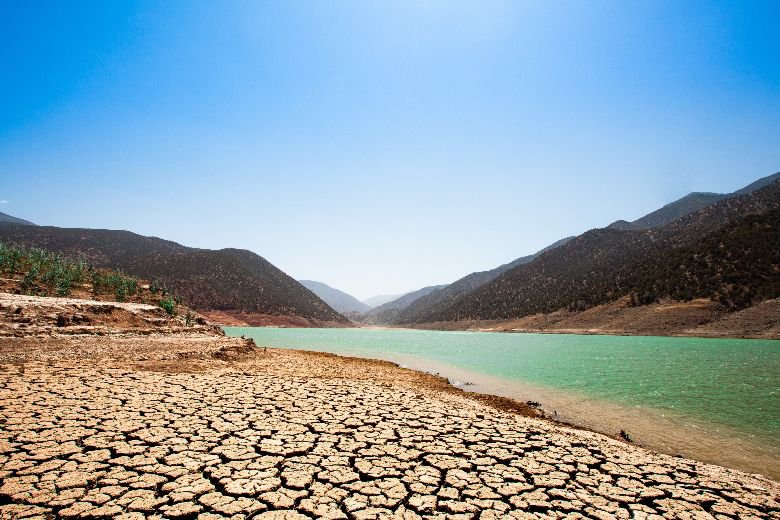Morocco’s economy staged a strong recovery in 2021, but Morocco is once again suffering the impact of a string of adverse shocks. The beginning of the agricultural season has been unusually dry, and a poor cereal crop is expected for 2022. This coincides with a slowing of the global economy and rising international commodity prices, adverse trends that severely intensified with the war in Ukraine.
Ongoing shocks are affecting fiscal and external balances. The public sector is cushioning the impact of the shocks through pre-existing price subsidies and various ad hoc emergency measures. As a result, the budget deficit is on the rise, although Morocco still presents better fiscal indicators than most emerging markets and developing economies.
While less severe than in many other countries, Morocco is beginning to face intense inflationary pressures. Despite the cushioning impact of price subsidies, annual inflation reached 5.9 percent in April 2022. Combined with the drought and the economic slowdown, these price pressures are having significant social impacts on the poor and vulnerable.
Recent droughts are a stark reminder of the exposure of the Moroccan economy to rainfall shocks. Large oscillations in rainfall levels amplified the 2020 recession and the 2021 recovery and will once again slow growth in 2022.
Infrastructure development is vital to cope with water scarcity and improved water storage and irrigation are more necessary than ever. But international experience suggests that to cope with water scarcity, “engineering solutions” need to be accompanied by effective water demand management policies.
